The only real difference between a garden weed and a wild plant is personal preference. What some people might see as a nuisance, wiser gardeners and chefs will spot as an opportunity for foraging in your own back yard. While you should be very careful not to try eating just any plant without knowing what it is, here’s a list of edible weeds that might be right behind your house, just waiting to be eaten.
Dandelion
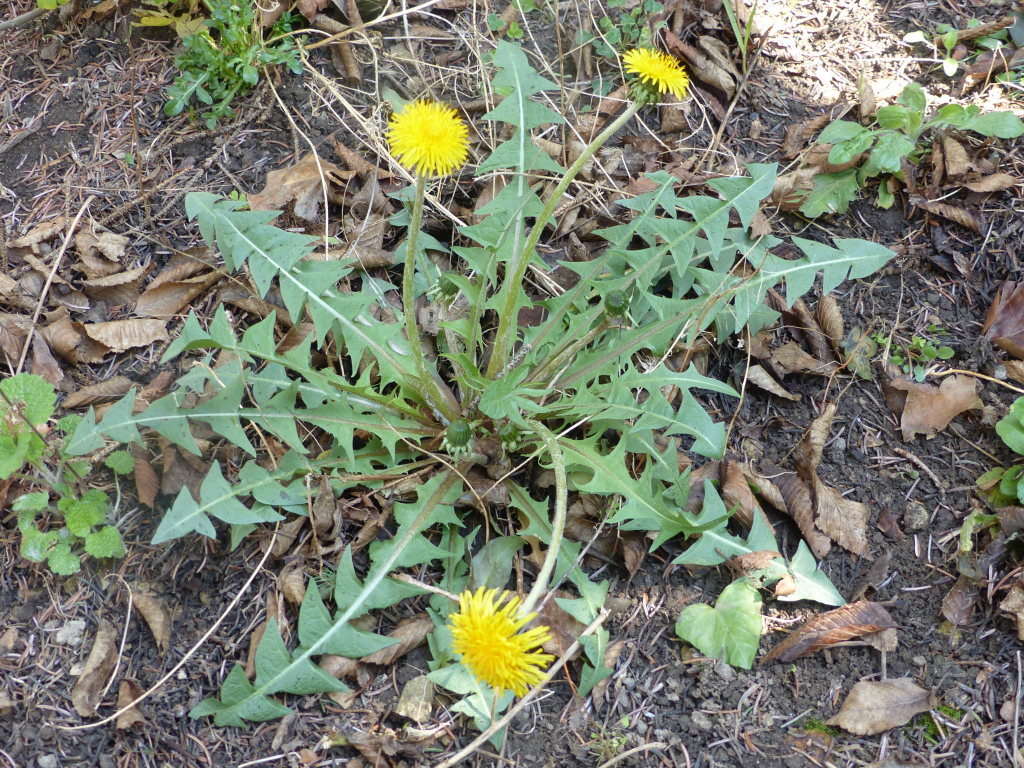
Yes, the humble dandelion, the most hated of garden weeds, is actually edible. Traditionally, this pesky plant was brewed as a tea to treat a number of ailments, and for good reason. It’s filled with healthy vitamins and is good for liver health in particular.
Stinging Nettle
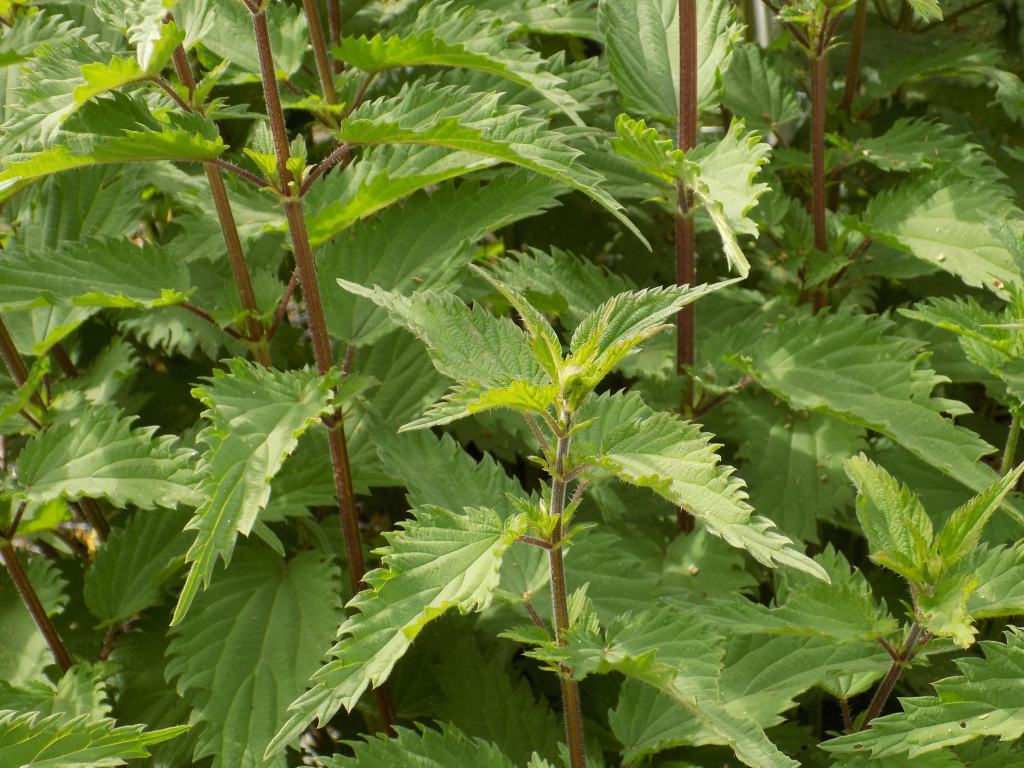
One of the least welcome plants in any garden is the stinging nettle, as touching this plant will cause sore hives at the point of contact with your skin. Brave the risk of stings to harvest the plant, though, and it can be boiled as a soup or ground into a pesto that’s good for urinary infections and kidney stones.
Chickweed
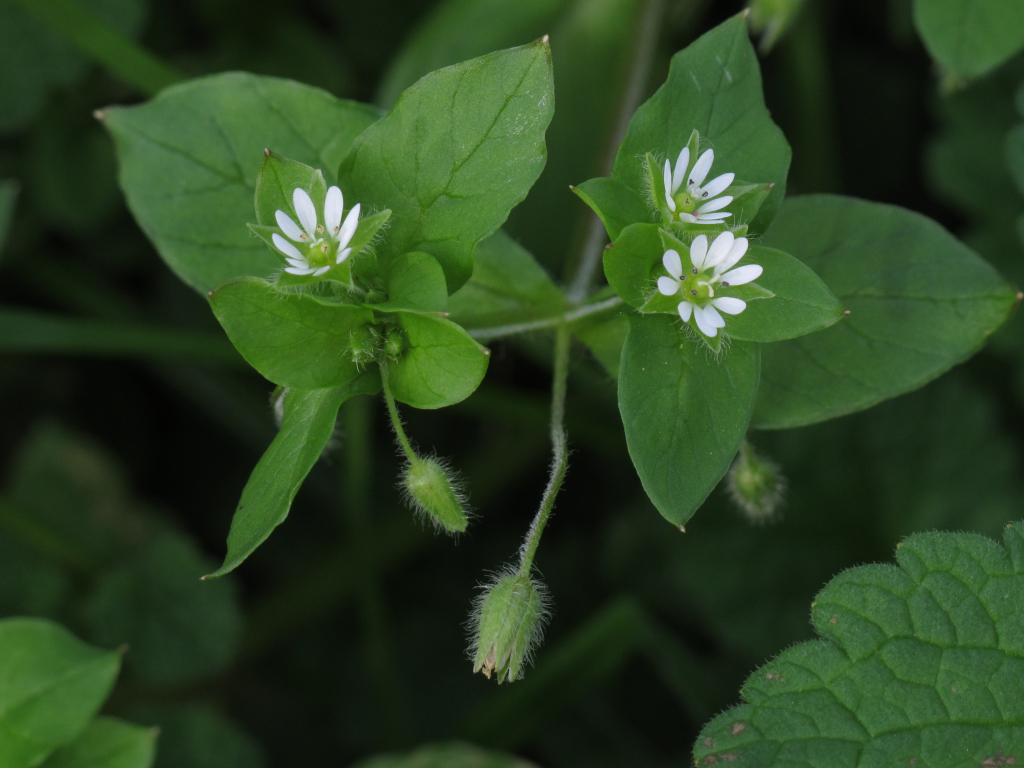
Chickweed, with its tiny yellow flowers and small green leaves, has a taste that’s not entirely unlike spinach, and as such, it can be used in all the ways that spinach would normally be cooked. It contains Vitamins A and C, as well as magnesium, potassium, and calcium.
White Clover
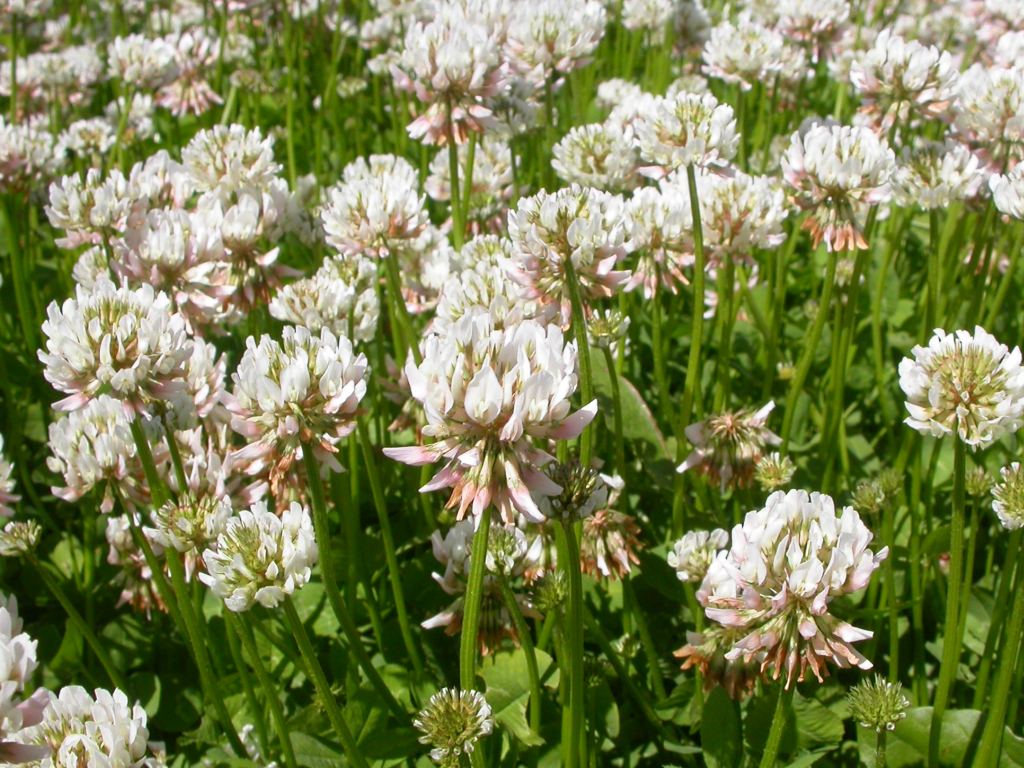
White clovers have many uses. They can be boiled into a tea, or can be baked into cookies and pastries, as they provide a vanilla-like flavor. You can even go the extra mile and grind them down into flour if you don’t want to deal with the fact that your cookie has an obvious plant leaf in it.
Red Clover
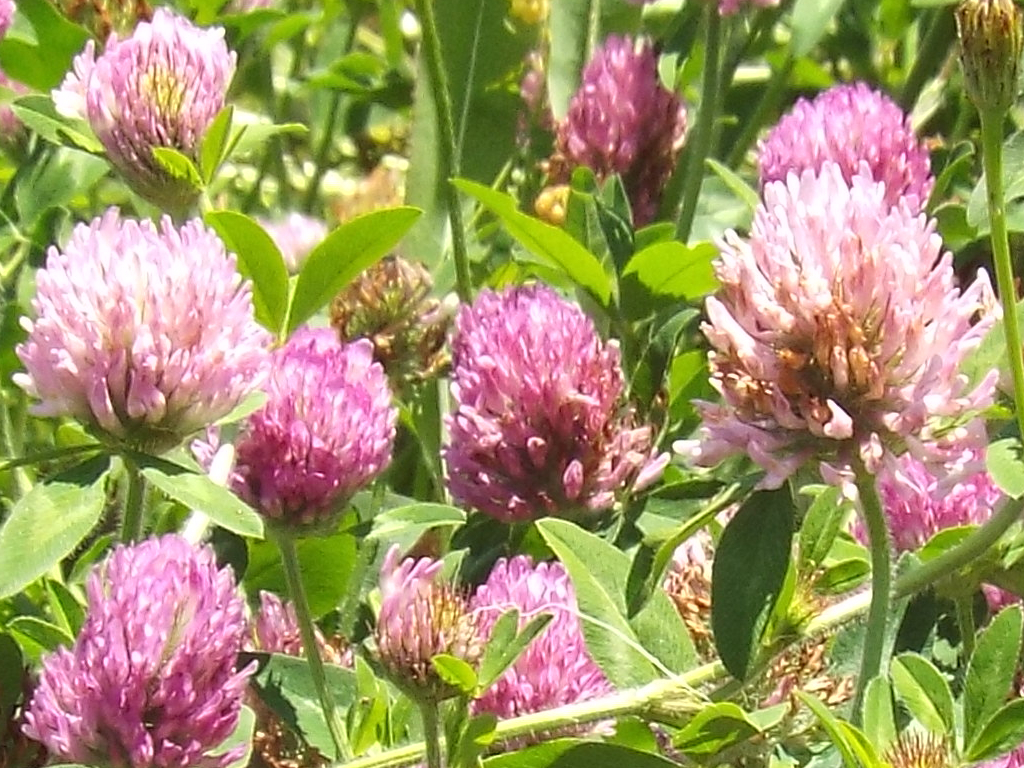
Red clovers are very similar to white clovers, and are also edible. They come with a tiny amount of pink coloring which can be useful in baking if you know how to use it, but do bear in mind that eating more than a few clover leaves is associated with minor bloating, so don’t overdo it.
Burdock
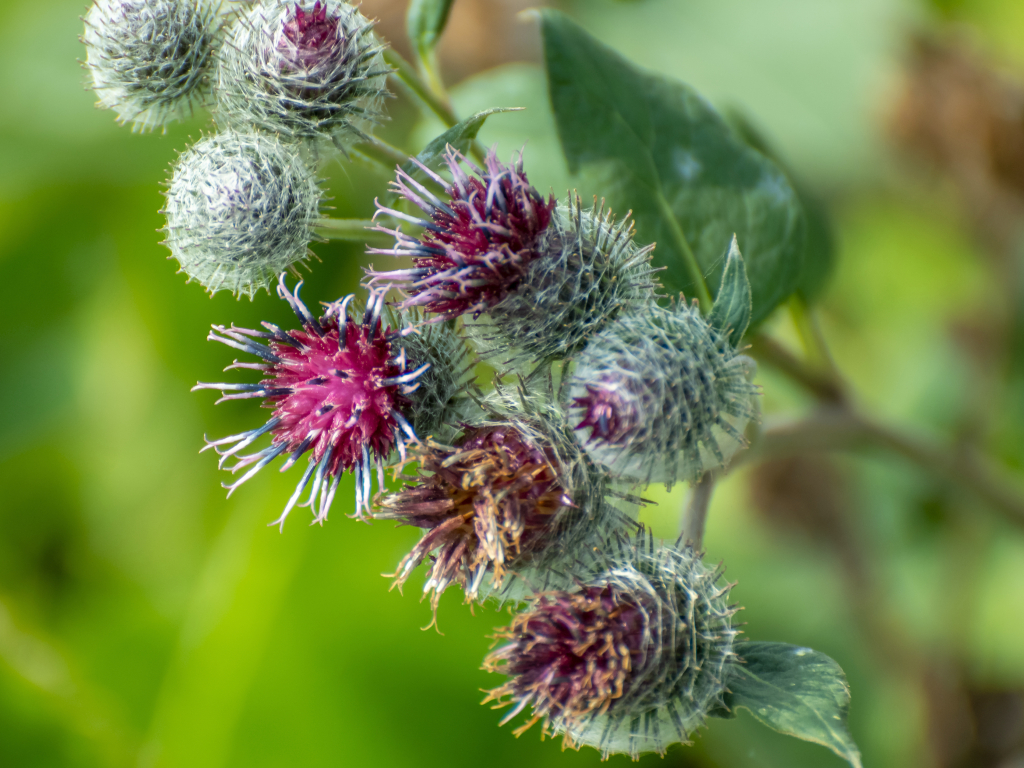
The burdock thistle, identifiable by its large purple head (and the fact that it hurts to touch it), can be used as a flavoring for curries, and is rich in vitamins. Its roots can be roasted like a carrot, and can also be turned into a traditional British drink when combined with dandelions.
Lamb’s Quarter
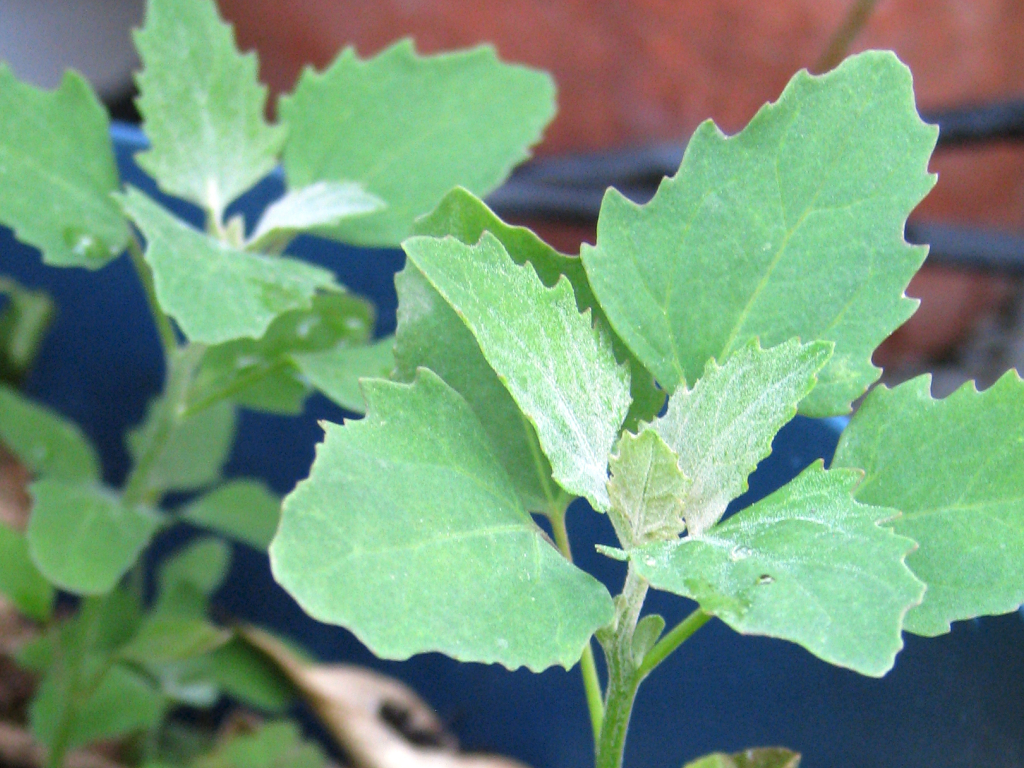
Lamb’s Quarters, also known as wild spinach, can be cooked and eaten alongside most other green vegetables. It’s rich in protein, calcium, iron, and Vitamin B, but it’s very important to cook it before eating as it’s not quite as edible when raw.
Japanese Knotweed
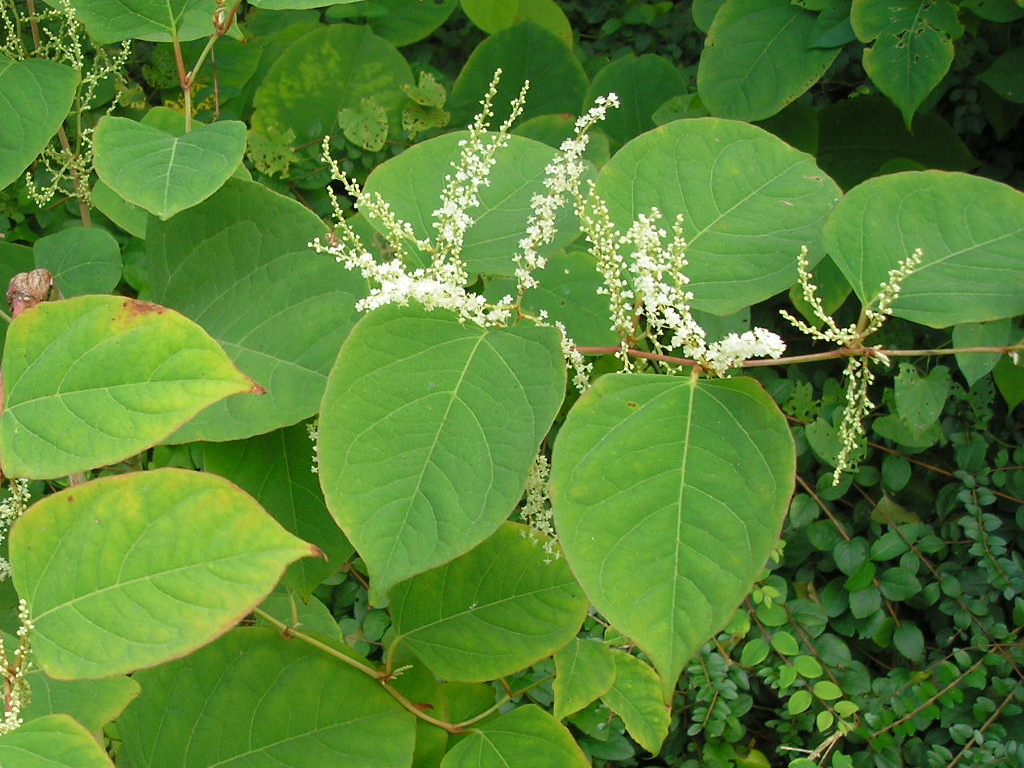
A tremendously invasive plant, Japanese knotweed is actually edible if you pick the leaves early when they are young. It can be used in place of rhubarb, and made into jam or added to soup.
Dock
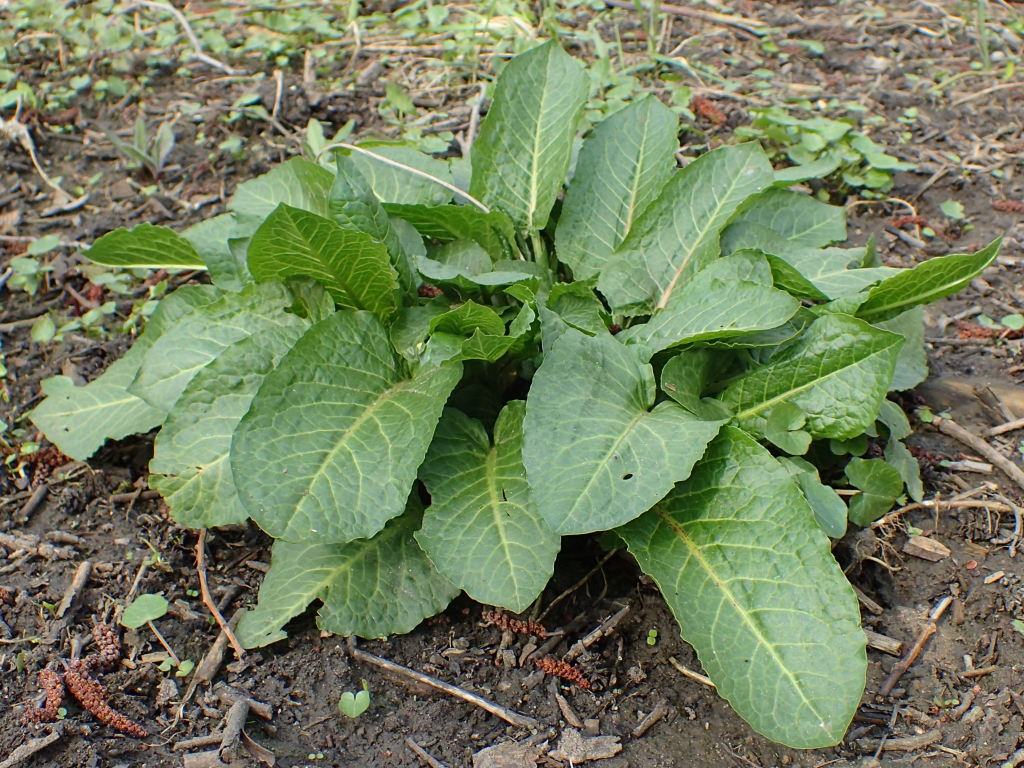
Dock leaves are well known for their effects on stinging nettle reactions, as they can help to sooth the swelling and itching that results from a nasty sting. What’s less well known is that dock leaves are also edible, and can be added to soups, or eaten raw. The young leaves in particular have a sharp, lemony taste which can be useful in baking.
Plantain
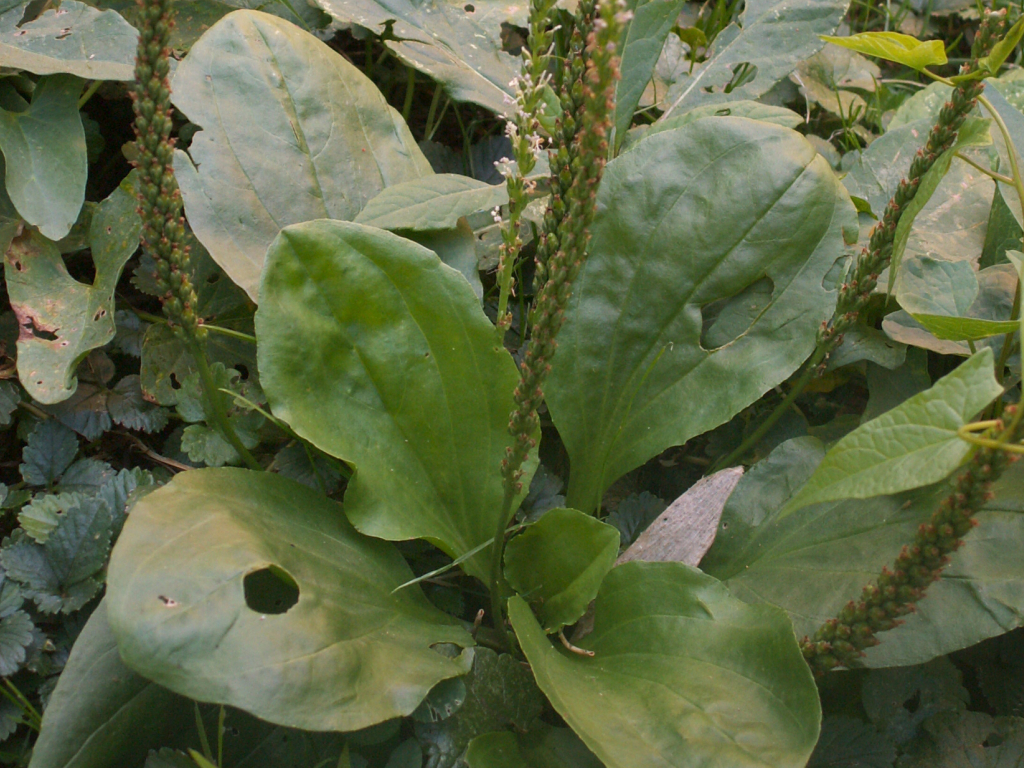
In addition to being a traditional herbal remedy for skin irritation, plantain leaves are edible (note that this is a different plant to the Caribbean fruit). In fact, the leaves contain a considerable amount of Vitamins A and B1, as well as riboflavin. It can be substituted for spinach or kale in all kinds of recipes.
Garlic Mustard
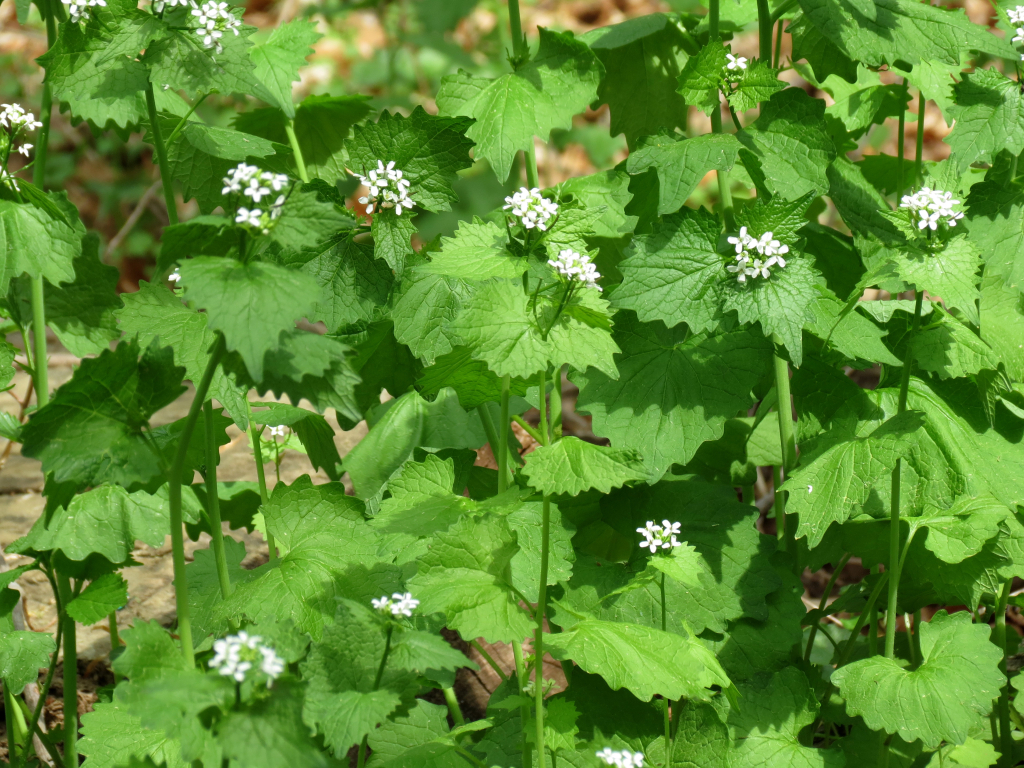
Also known as Jack-by-the-Hedge, garlic mustard, as the name suggests, is a type of garlic which also happens to be a weed that infests many gardens. It’s rich in Vitamins A and C, and in Omega-3. It can be ground up and used as a slightly spicy flavoring.
Red Sorrel
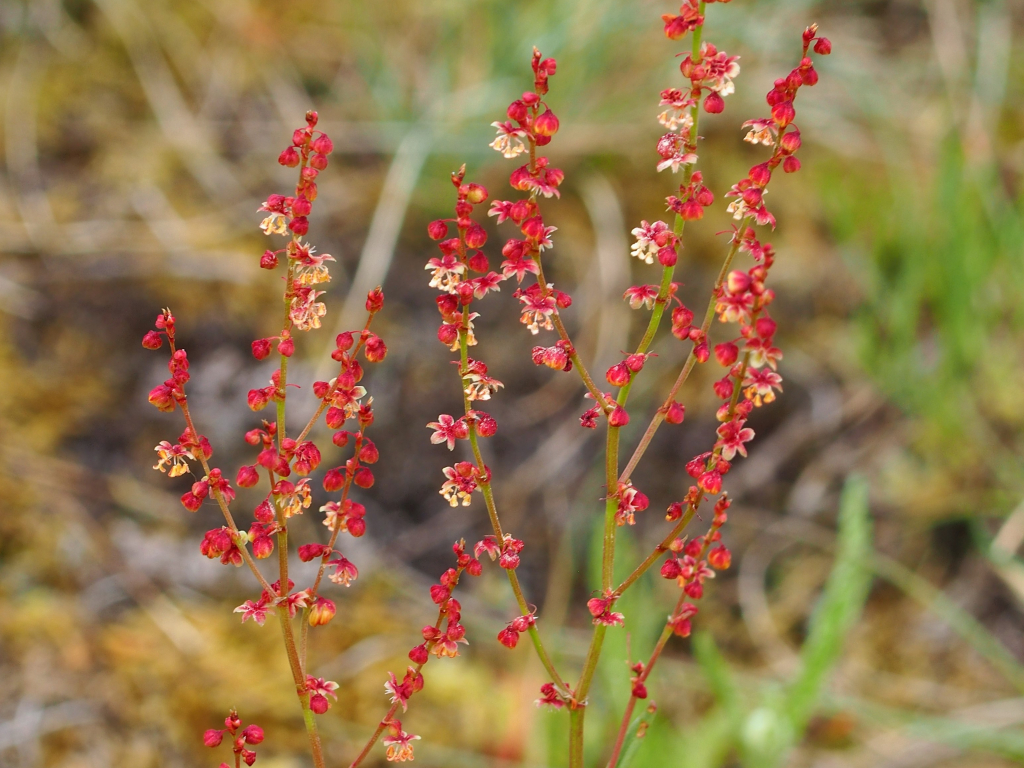
Red sorrel (also known as sheep’s sorrel) is a source of Vitamin C and was traditionally used to treat scurvy. The plant leaves can be added to salads, but should be eaten sparingly as excessive consumption could lead to stomach problems.
Milk Thistle
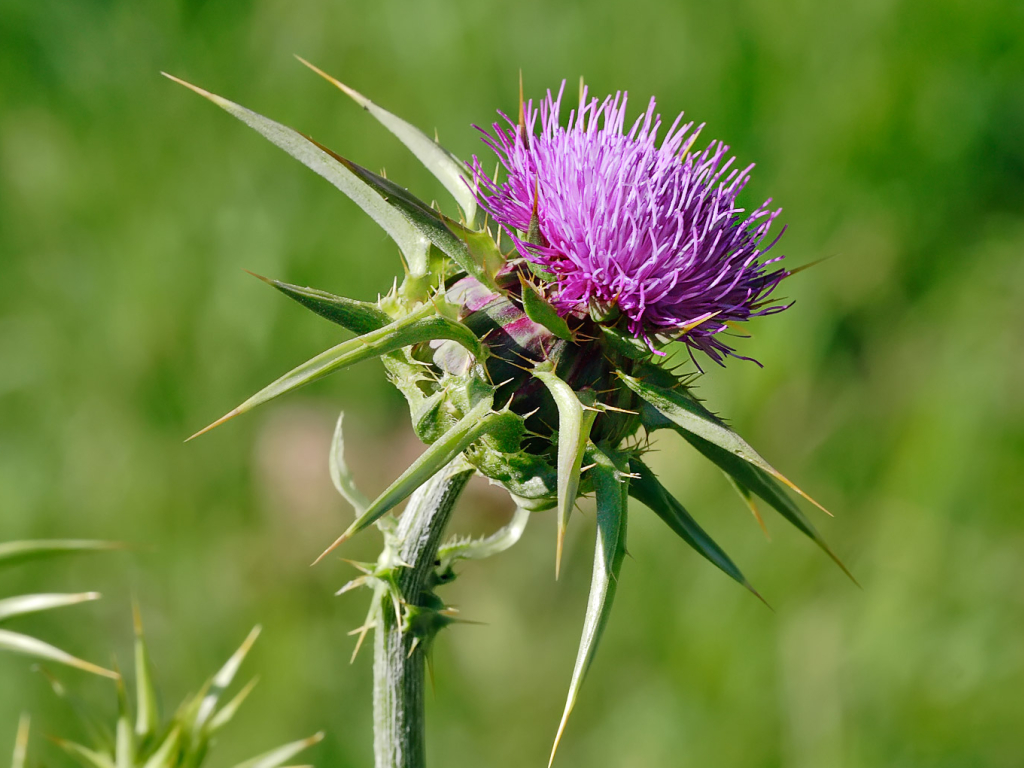
A plant which looks very similar to burdock thanks to its purple plumage, milk thistle has many of the same health benefits as its similarly spiky cousin. Milk thistles can be boiled and eaten, although care should be taken to avoid injury when harvesting the plant. It is often used as an herbal remedy for liver problems.
Violet
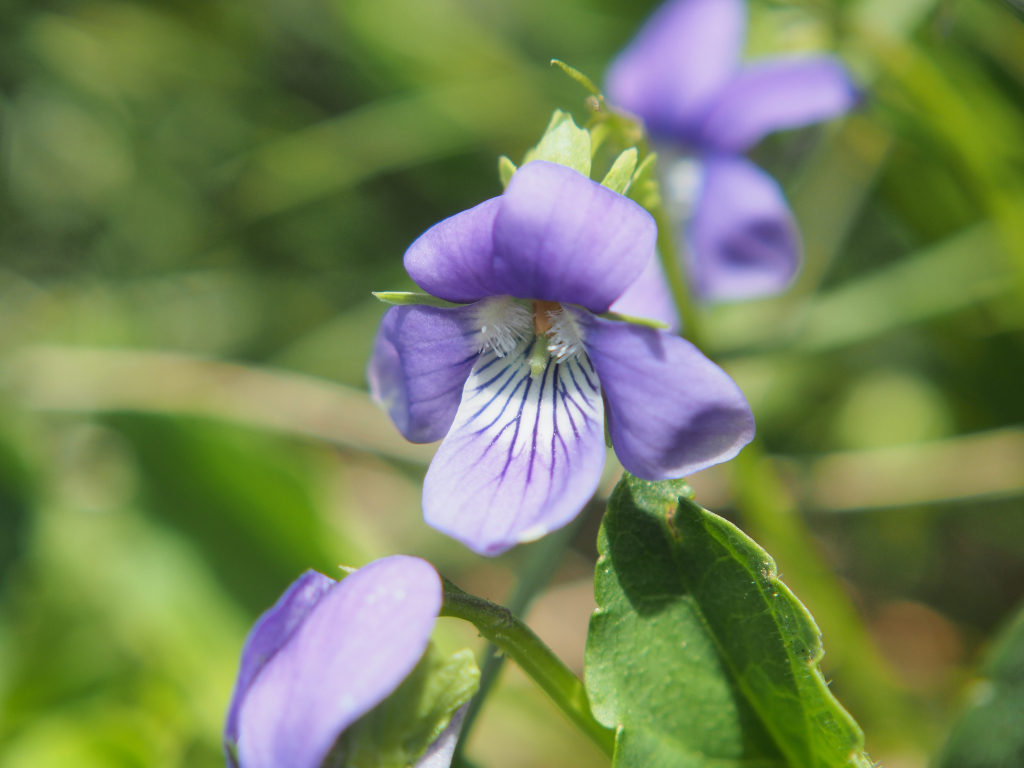
One of the prettier weeds that might be growing in your garden, violets are notable for their sweet taste and aroma which make them valuable for baking. That said, take care with these plants, as while the flowers and leaves are edible, the seeds and roots are poisonous.
Kudzu
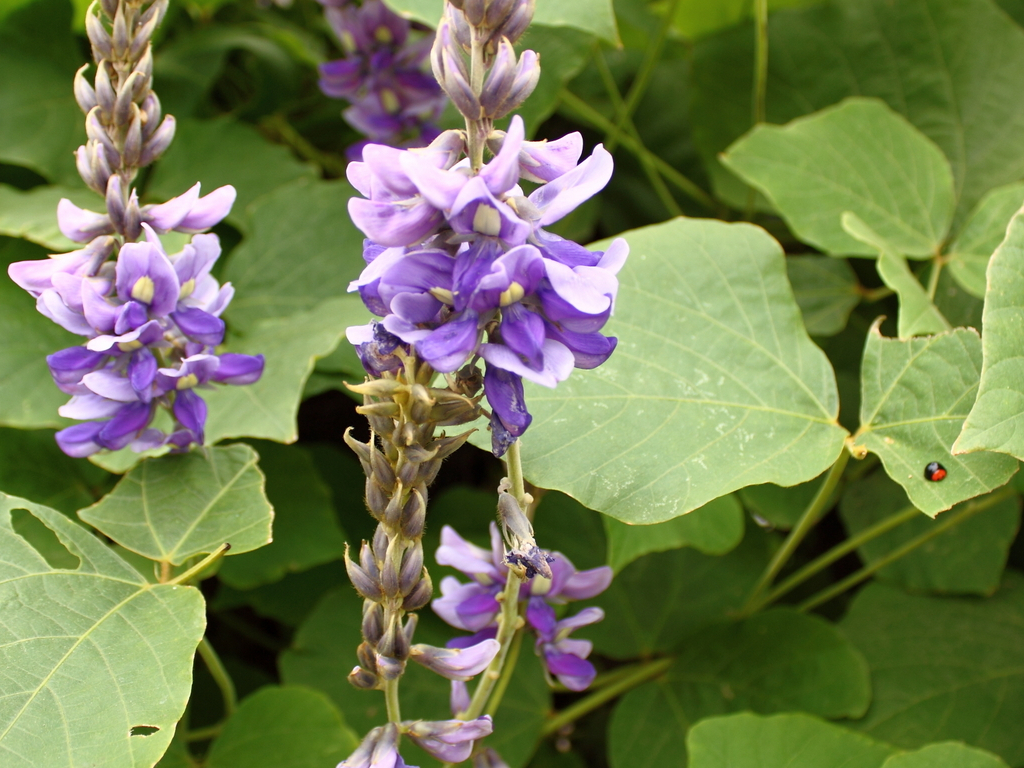
Kudzu roots are rich in protein and the leaves, roots, and flowers are useful as an antiodixant. The plant is often used as a thickener in drinks. It can also be used to treat stress, tension, and headaches.
Mallow
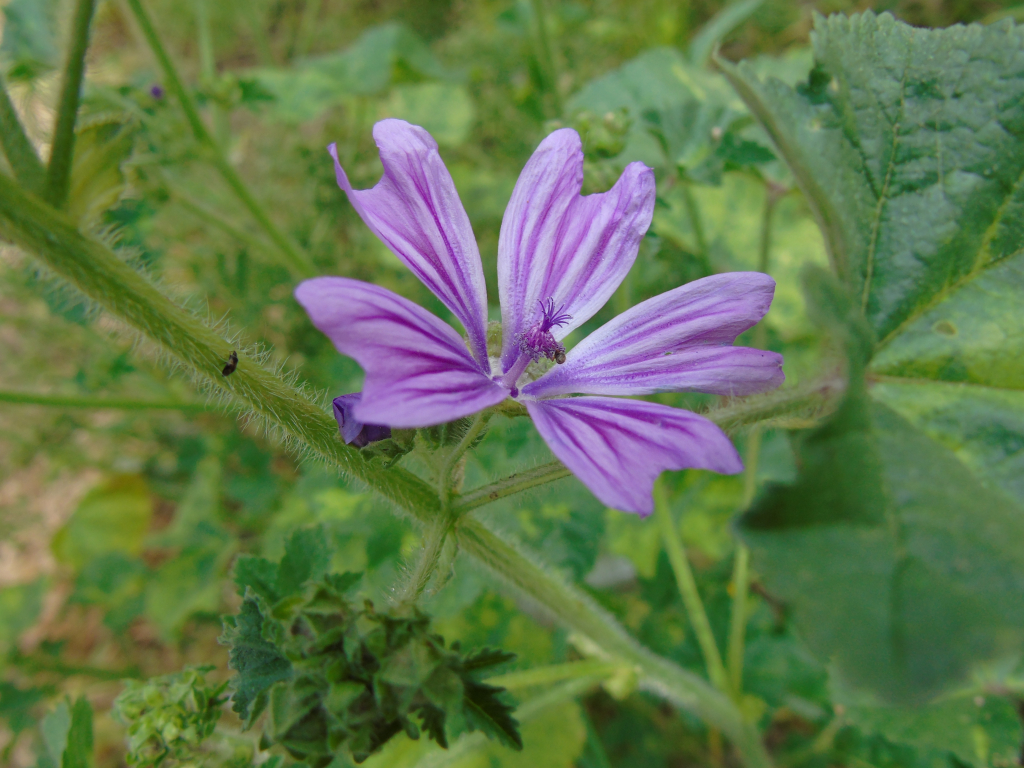
Mallow seeds are an excellent source of protein, and its leaves can either be brewed as a tea, or eaten. It tastes best when relatively young, and is a traditional remedy for digestive issues.
Purslane
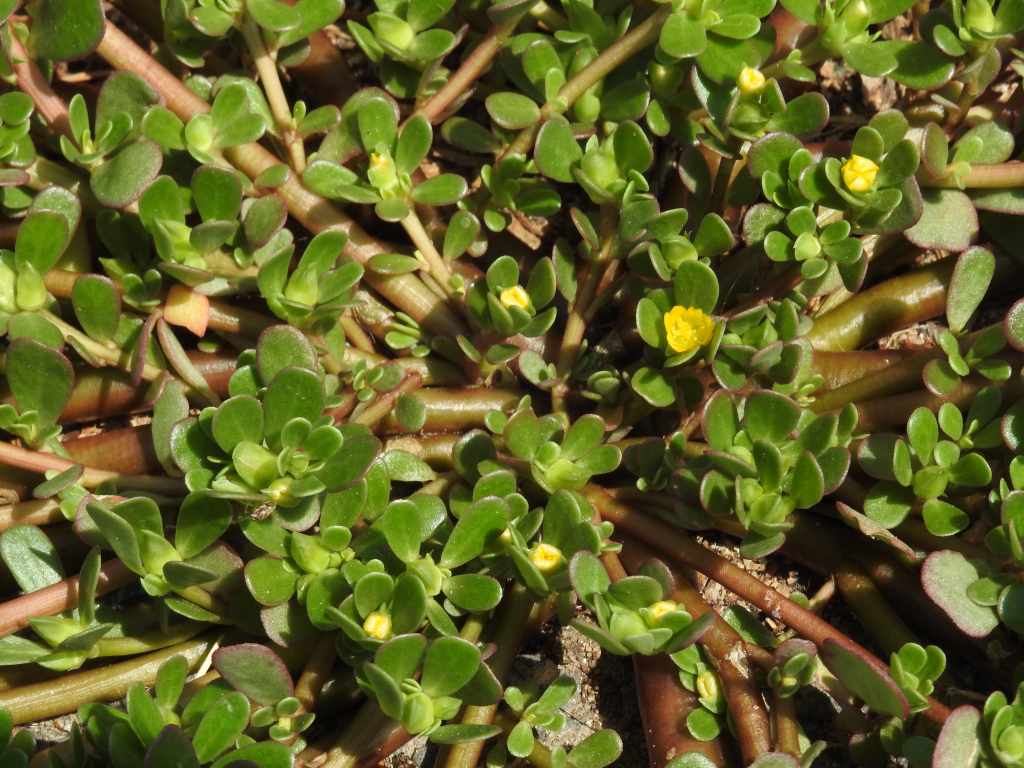
Purslane’s flower, buds, and leaves can be eaten raw, cooked with seafood, or thrown into smoothhies and drinks to add nutrients to your meal. This plant is rich in potassium, calcium, magnesium, and iron, as well as Vitamins A and C.
Shepherd’s Purse
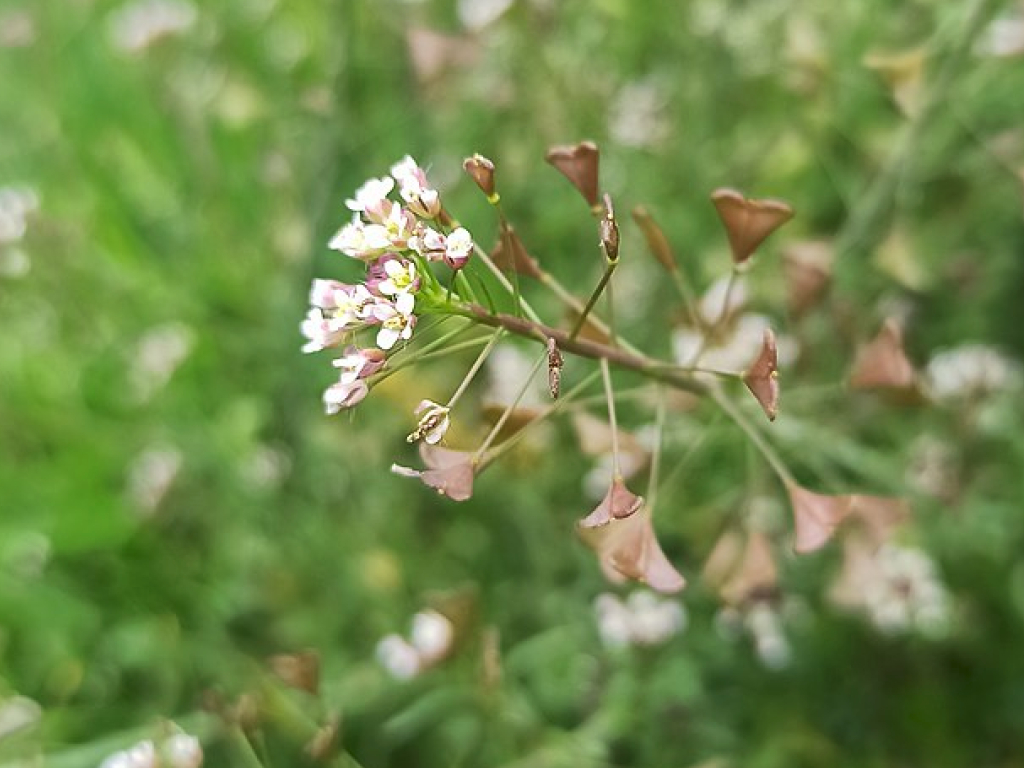
The shoots, leaves, and flowers of shepher’s purse can be eaten. They have a peppery taste and go well in salads, as a substitute for rocket lettuce. They can also be cooked as an alternative to cabbage. It is rich in Vitamins C and K, as well as iron and calcium.
Hairy Bittercress
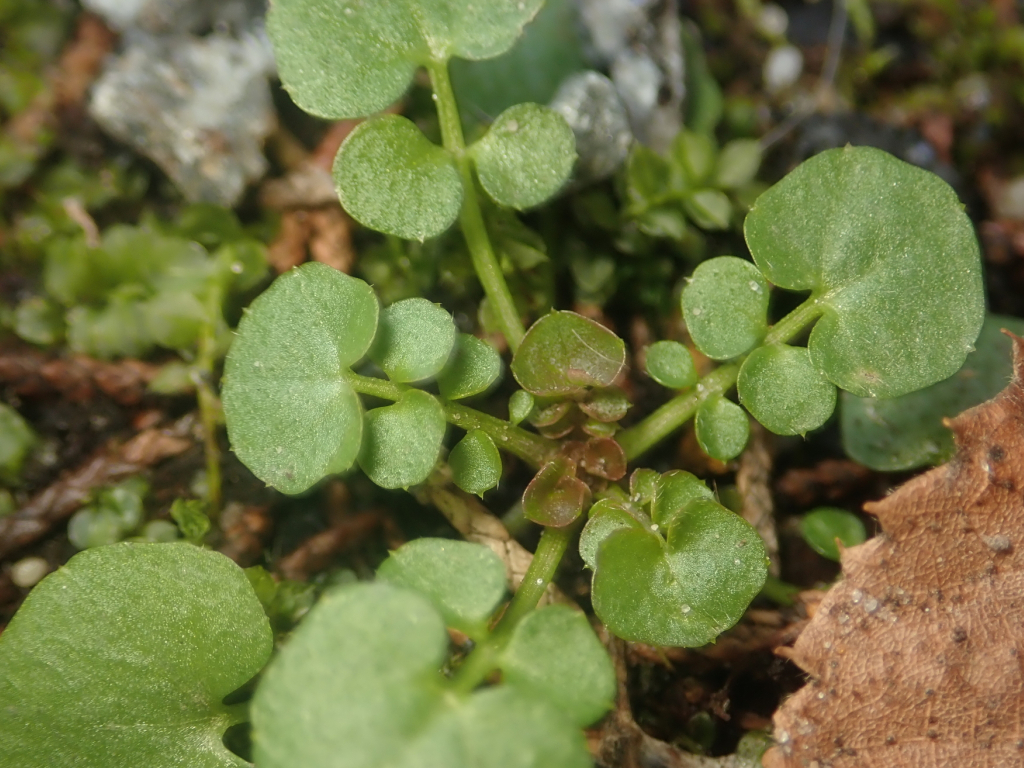
The leaves of the hairy bittercress can be eaten raw when they are young, or cooked and eaten as they get older and larger. This plant is rich in calcium, magnesium, and antioxidants.
Lady’s Thumb
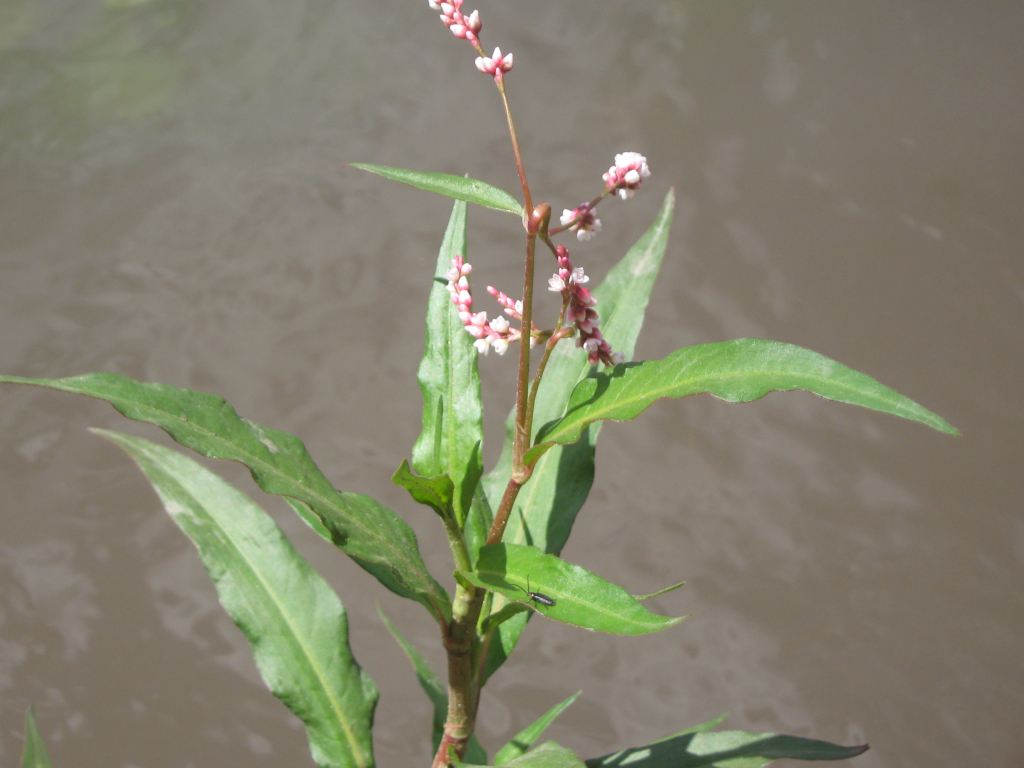
Lady’s Thumb can be identified by its tiny pink flowers. The leaves can be cooked either by frying or boiling, and go well in soups, casseroles, omelets, and stews, and can be marinated as part of a roast dish. Lady’s Thumb is rich in Vitamins A and C.
Wood Sorrel
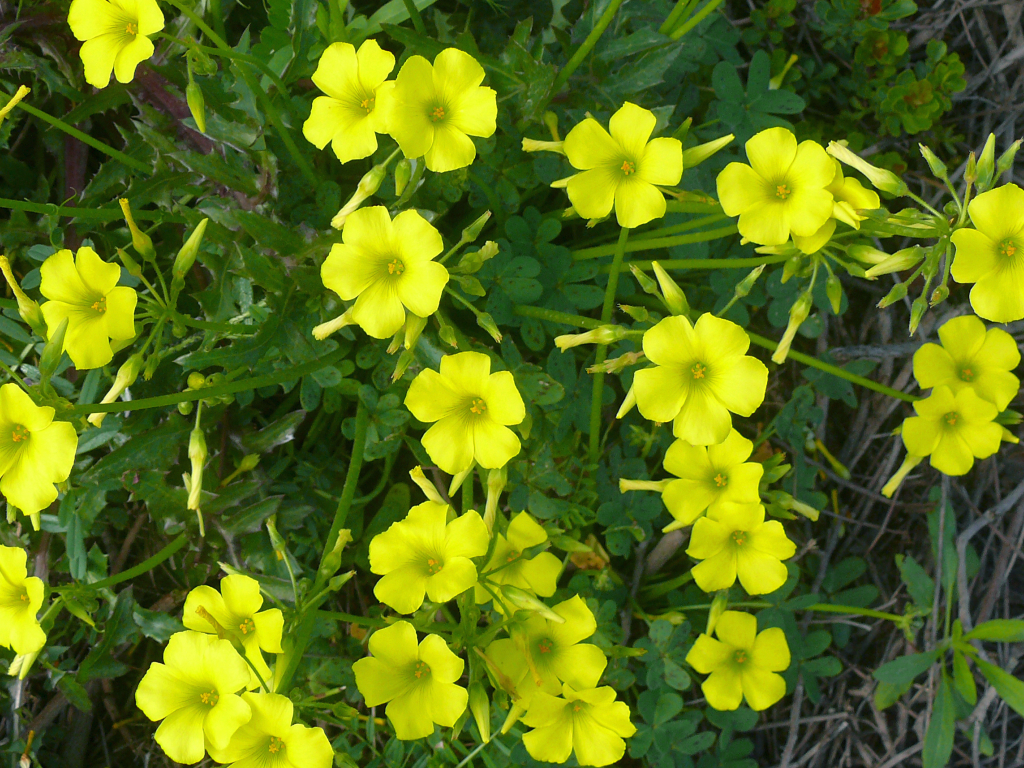
Much like its cousin red sorrel, wood sorrel contains plenty of Vitamin C. This plant tastes similar to red sorrel, providing a sharp, citrus taste. The leaves, flowers, and seeds can all be eaten, either raw in salads, or cooked as part of a healthy soup or sauce to accompany meals.
Claytonia
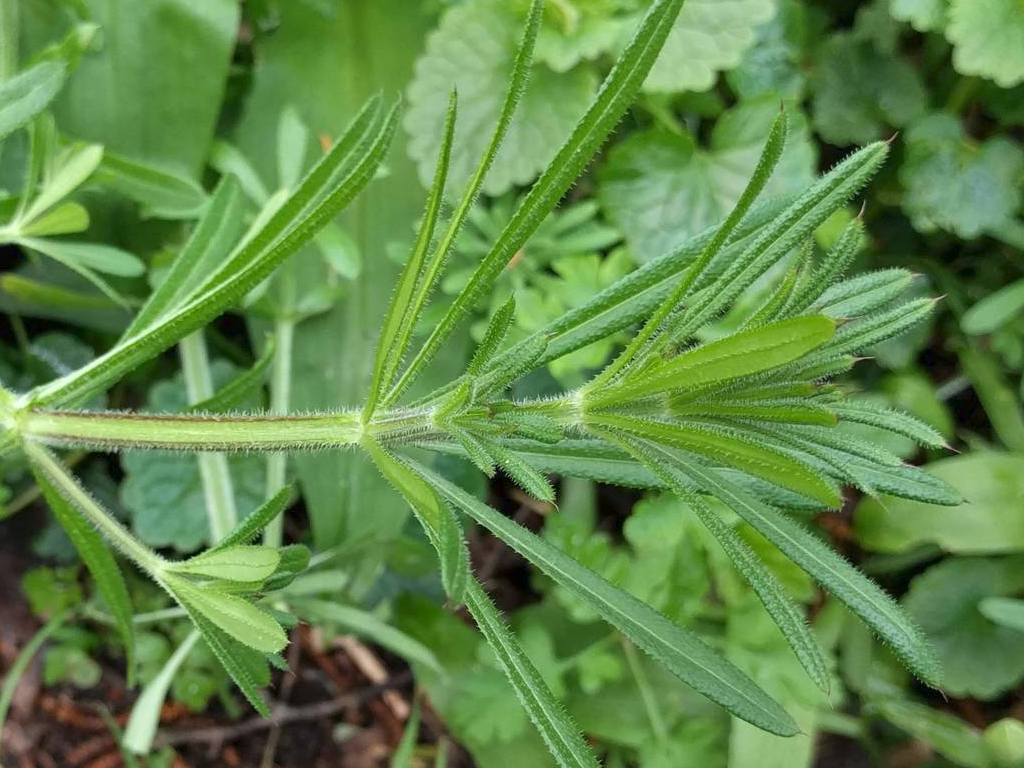
In spite of its appearance, the flowing claytonia tastes surprisingly like cucumbers. The leaves go well in salads, but there are also recipes that involve adding the flowers to desserts. Claytonia is another ancient cure for scurvy thanks to its high Vitamin C content, which may have impacted its traditional nickname: miner’s lettuce.
Borage
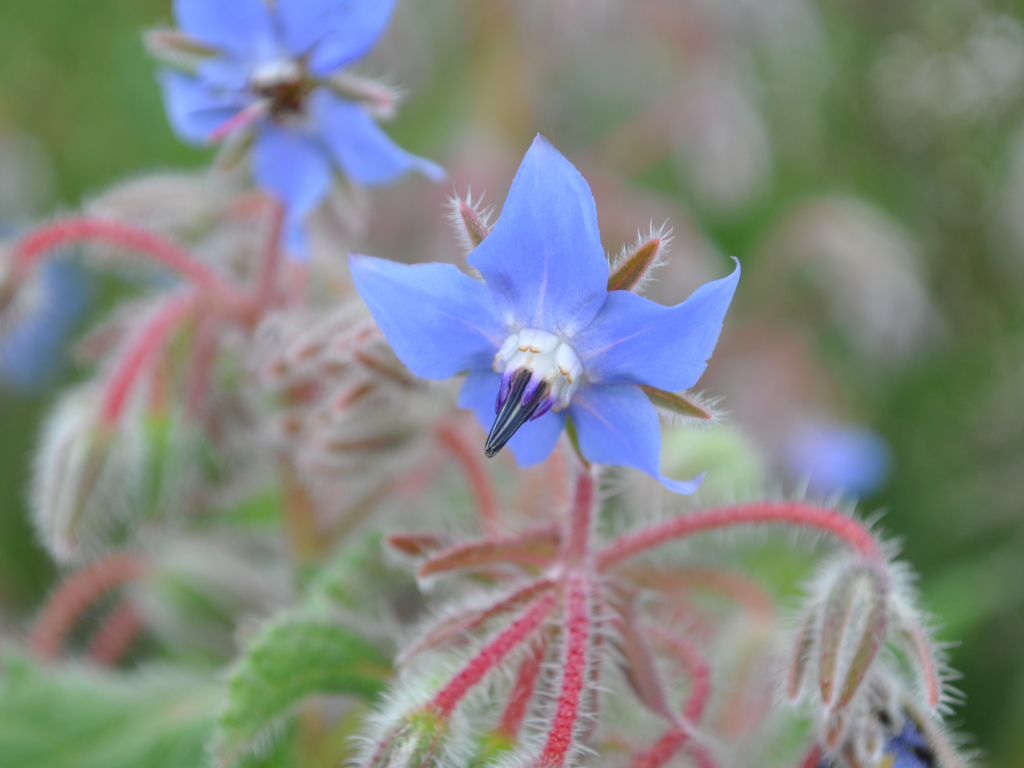
Borage can be identified by its bright blue flowers, which are edible. The leaves, too, can be eaten, and this plant can either be enjoyed raw, or boiled and used as an alternative to kale. This is another plant with a cucumbery taste, and its high levels of minerals such as manganese, copper, zinc, and magnesium mean that it is often used as an herbal remedy to treat a variety of illnesses.
Cleavers
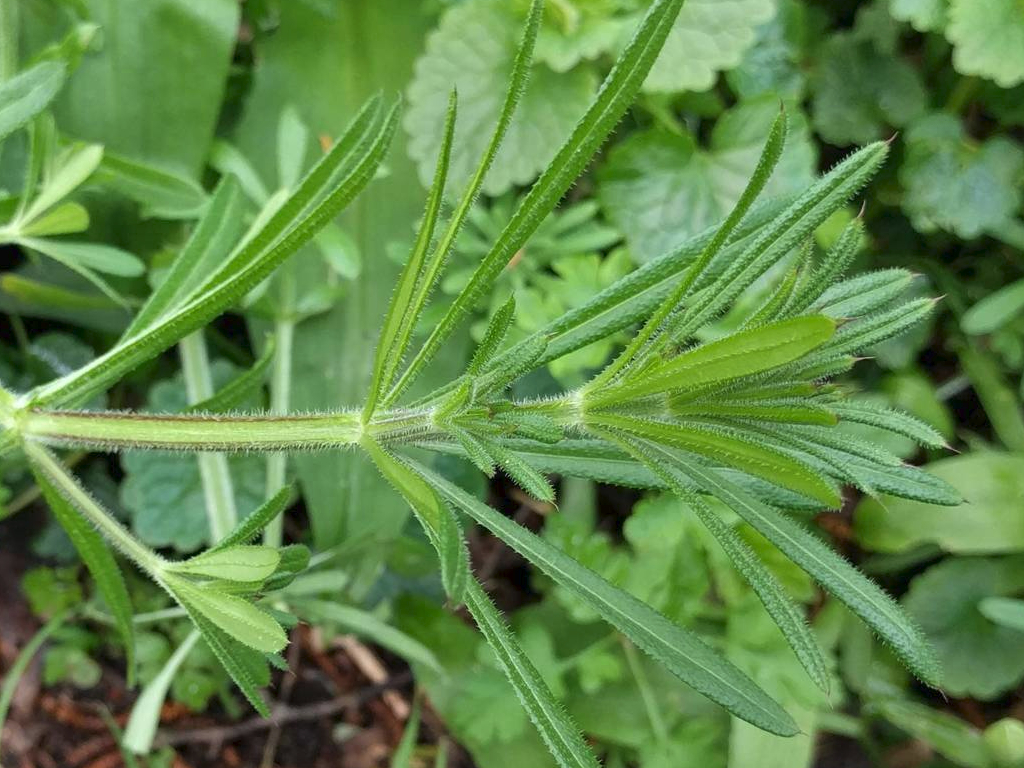
Also known as bedstraw, cleavers earned its name as an herbal remedy, as it has long been known to “cleave out” illnesses including urinary tract infections. It’s a useful diuretic, and its seed pods can be roasted to provide an herbal coffee alternative.
Brassica
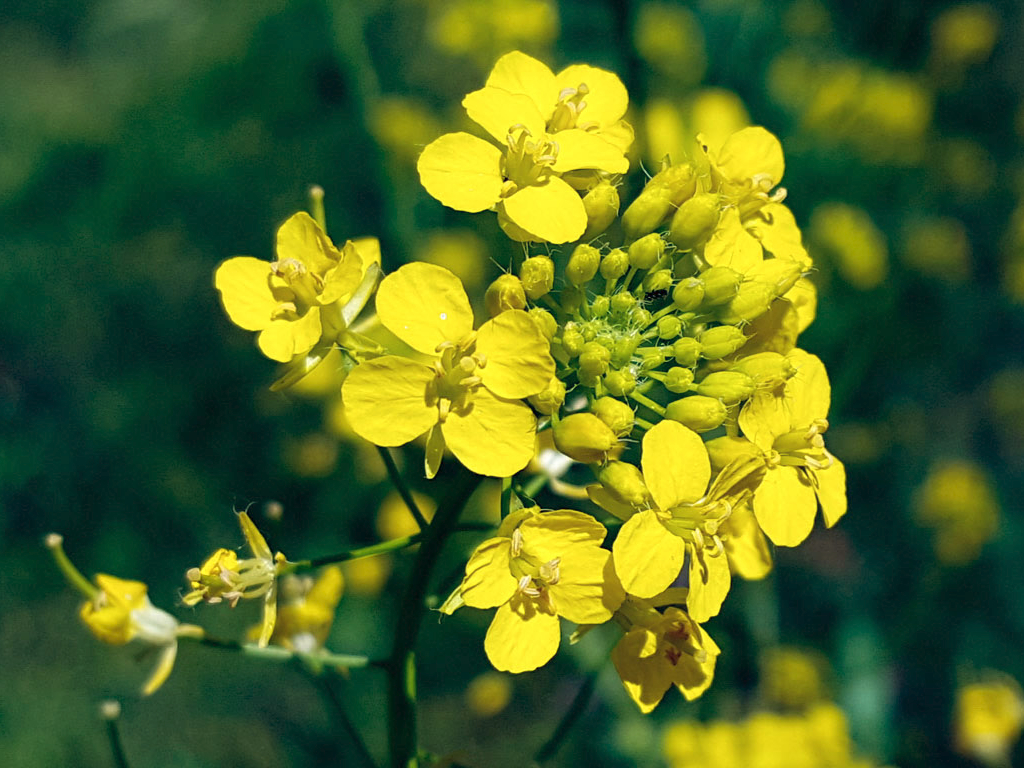
Wild brassica comes from the same family of plants as kale and cauliflower, and its taste reflects this. It can be eaten raw when young, but can also be cooked as a side vegetable for any meal. Brassica is rich in minerals such as folate, calcium, iron, potassium and phosphorus.
Nasturtium
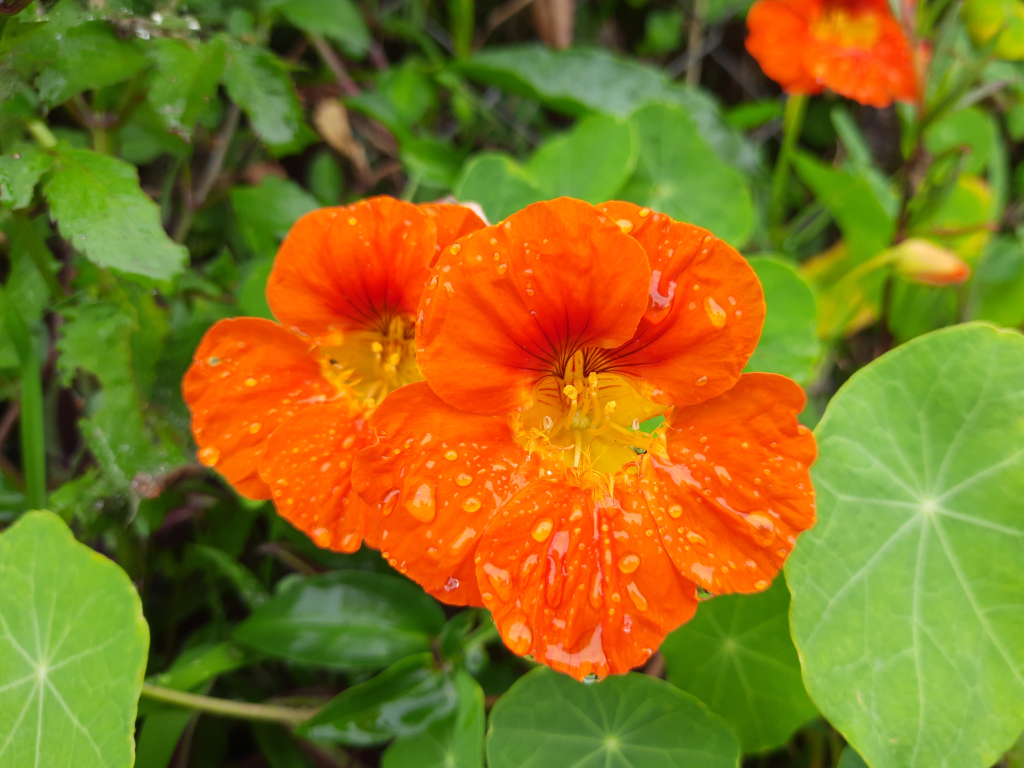
Nasturtium flowers and leaves are rich in iron and Vitamin C, and are believed to have some antibiotic effects. These plants can be eaten raw or cooked.
Fennel
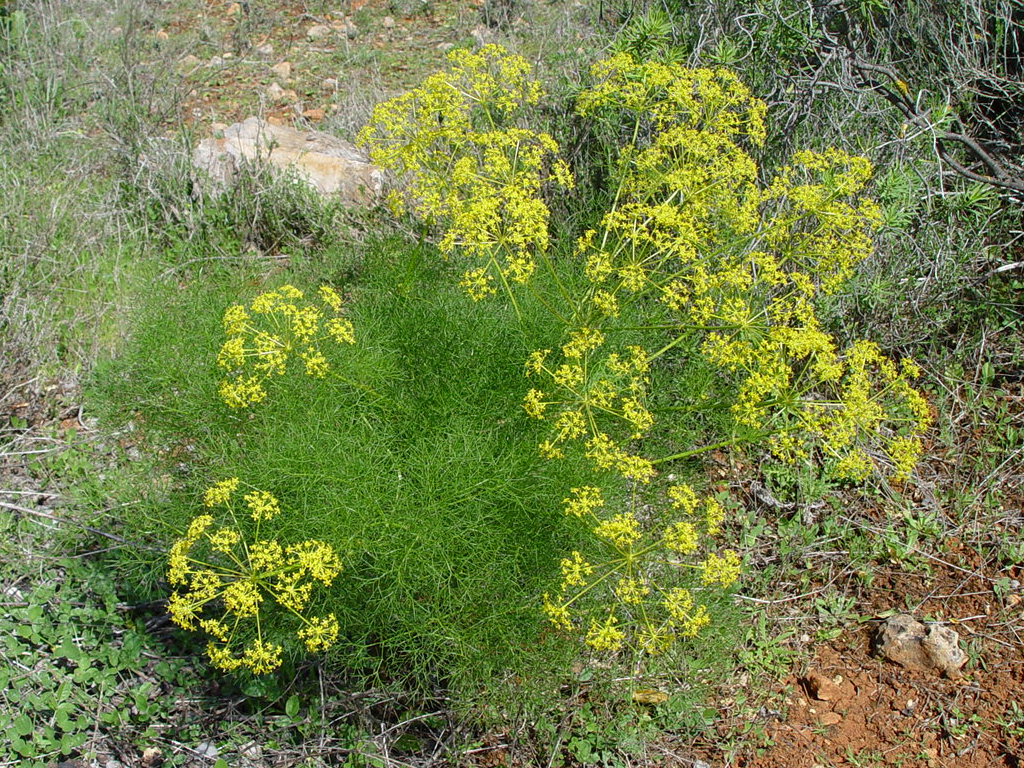
Wild fennel is a common sight in many gardens, and it can be prepared and eaten in all the same ways that cultivated fennel might be put to use when bought from a store. This plant contains plenty of potassium, calcium, and Vitamins A and B-6.
Onion Weed
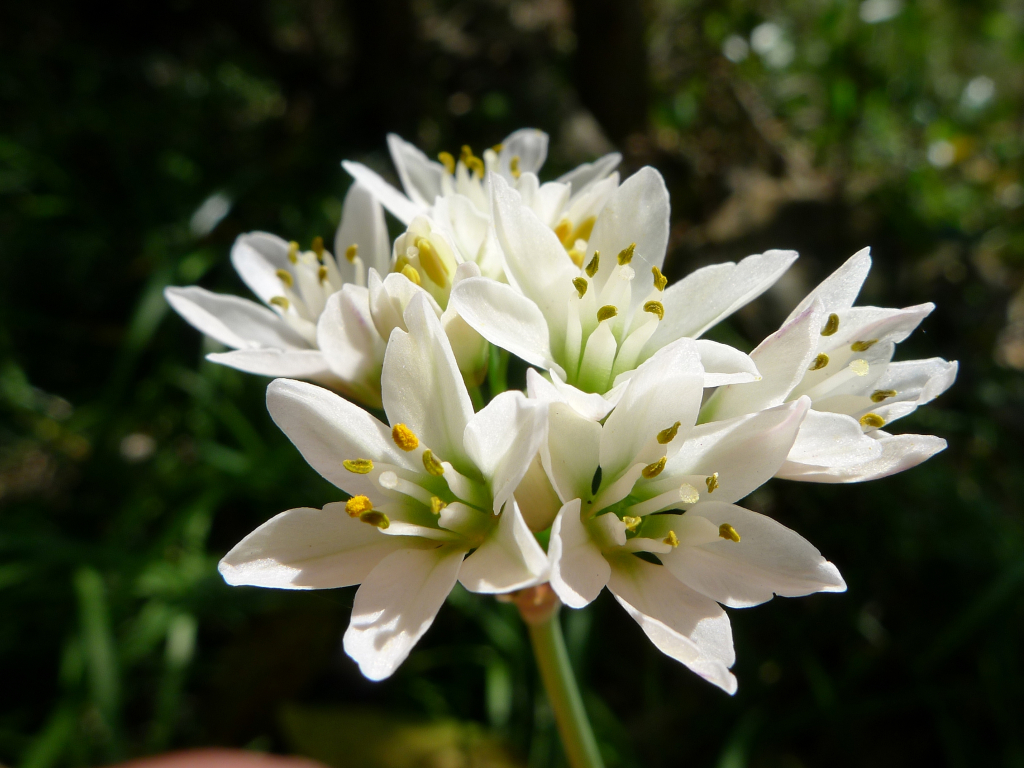
While the leaves of the onion weed are best avoided, the flowers can be harvested and added to salads. Not only do they have the same rich taste that one would expect from a plant in the onion family, they also look very pretty, adding an extra level of beauty to a carefully prepared salad.
Yarrow
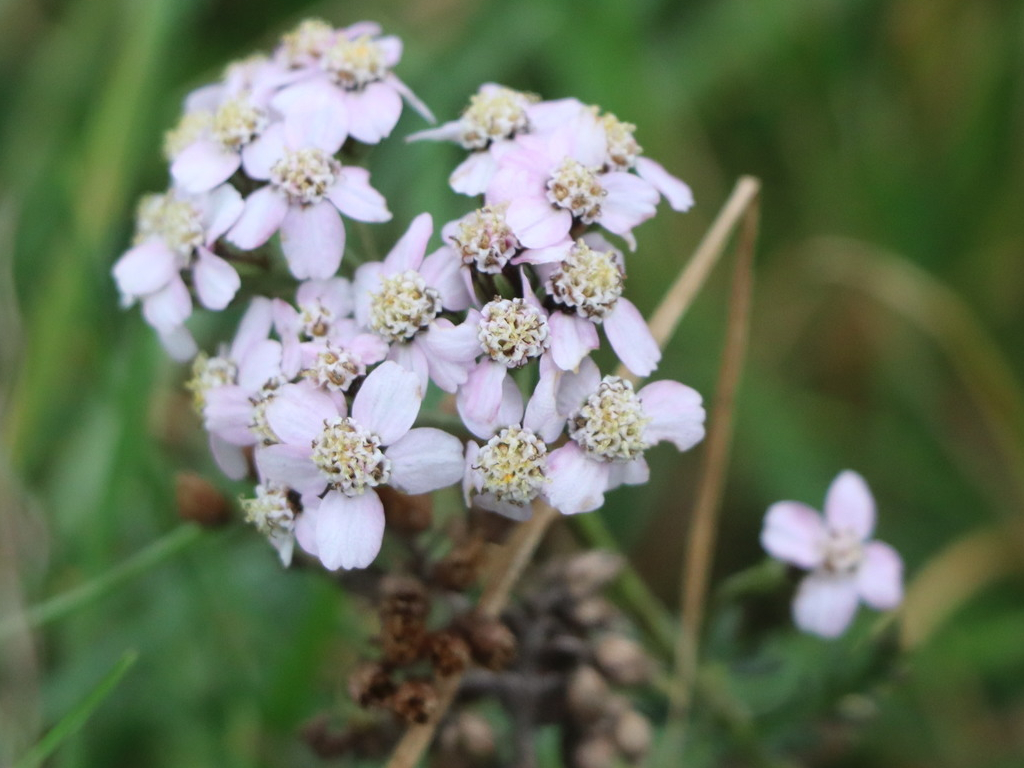
Despite being a common herbal tea ingredient, yarrow often grows wild as a weed, and is entirely misunderstood by gardeners who just want it gone. The flowers can be harvested for making homemade tea, baked, or added to homemade ice cream, where they provide a sweet taste.
Pigweed
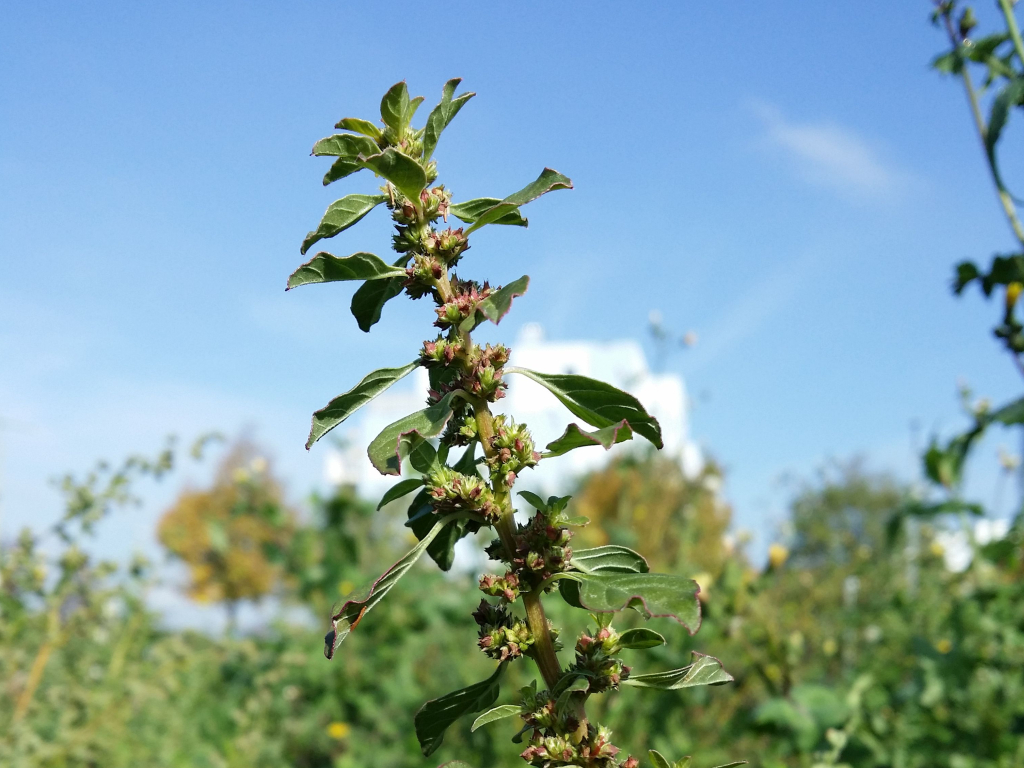
Pigweed can be fried or cooked alongside any other leafy green vegetable for similar effects. The leaves contain plenty of calcium, iron, and potassium, as well as Vitamins C and A, among others.